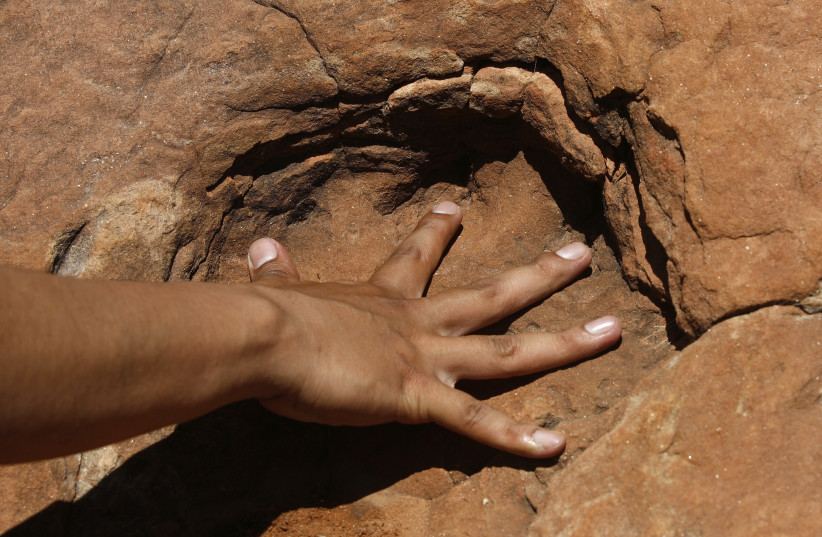A new species of theropod was discovered in China, after a fossilized hand, a partial ribcage and part of a limb were discovered, according to a new academic article published earlier in June.
Researchers chronicled their research in a peer-reviewed article, which was published in the academic journal Cretaceous Research.
The fossilized theropod remains are thought to be 121 million years old, placing their origin in the early Cretaceous period.
Classifying the dinosaur
The fossils show a unique structure, which is what has led the researchers to believe that the fossil comes from a never-before-discovered species. They have named the dinosaur species Migmanychion laiyang.
The dinosaur comes from the coelurosaurian clade Maniraptora family, meaning that this dinosaur was an early ancestor to birds.

The fossil bears similarities to one found in Japan, the Fukuivenator paradoxus, which has led to some discourse on classifying the new dinosaur.
What is a theropod?
Theropods, which translates to "beast-footed," are a diverse group of bipedal saurischian dinosaurs, according to the University of California.
